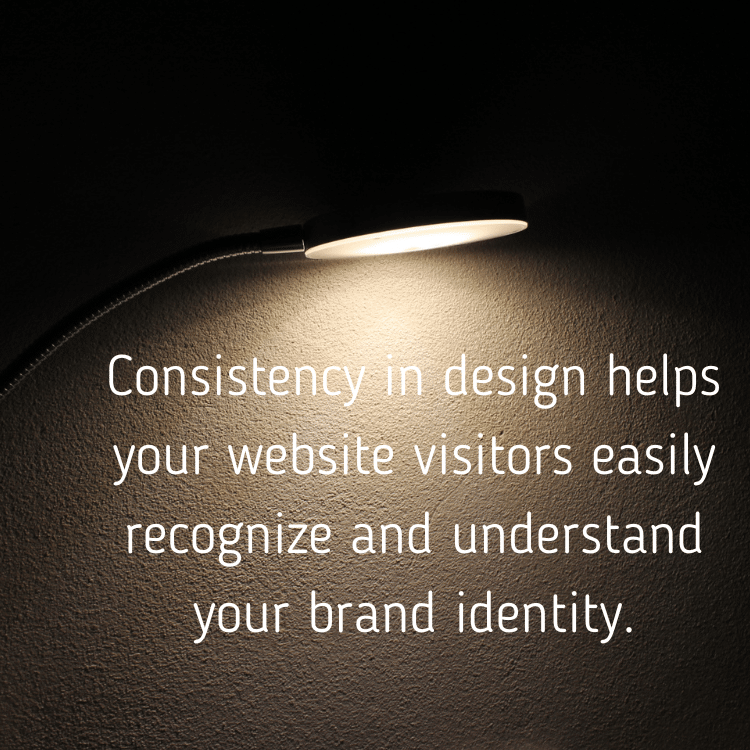
Are you looking to create a website that not only looks great but also leaves a lasting impression on your audience? In today’s digital age, website design plays a crucial role in attracting and engaging potential customers. But with so many websites out there, how can you make sure your website stands out from the competition?
Well, look no further! In this article, we will share three website design tips that will have your audience licking their screens. From custom typography to enticing images, we will guide you through the key elements that will help you create a mouth-watering website design.
Whether you’re a small business owner looking to showcase your brand’s personality or a web designer wanting to up their game, these tips are sure to inspire you. So, let’s dive in and create a website that not only looks great but also makes your audience crave more!
Key Takeaways
- Interactive features, custom typography, enticing images, and visual hierarchy attract and engage visitors.
- Animations or videos create a more immersive experience.
- Custom typography expresses brand personality and makes the website stand out.
- Consistency in design creates a professional and cohesive online presence.
1. Attracting and Engaging Visitors
You can attract and engage your website visitors by using interactive features, custom typography, enticing images, and visual hierarchy to guide their eyes through information. The website design elements should not only capture your audience’s attention but also keep them engaged with your content.
By incorporating interactive features, such as animations or videos, you can create a more engaging and immersive experience for your visitors.
Custom typography can also be used to express your brand’s unique personality and make your website stand out. Your typography choices should be easy to read and consistent throughout the website.
Along with custom typography, enticing images can also draw in readers and add visual interest to your website. When choosing images, make sure they are high-quality and relevant to your brand.
By combining these design elements with a visual hierarchy that guides the viewer’s eyes through information, you can create a website that not only looks great but also provides a seamless user experience.
Additionally, make sure your website has a responsive design that adapts to different screen sizes and devices, ensuring that your audience can access your content from anywhere.
2. Website Design Elements to Consider

With the right combination of typography customization, enticing imagery, and color psychology, your website can become a visual feast that captivates your audience’s attention and guides them seamlessly through your content.
The typography you choose can express your brand’s unique personality and make your website stand out from the crowd. Consider using custom fonts that are easy to read and reflect your brand’s tone.
Engaging images that are relevant to your content can draw readers in and make your website more welcoming. Don’t forget to use visual hierarchy to guide your viewer’s eyes through your information, ensuring that they don’t miss anything important.
When it comes to color psychology, choosing the right colors for your target market can make all the difference. Different colors evoke different emotions, so think carefully about what message you want to convey. For example, blue can be calming and trustworthy, while red can be bold and passionate.
Consistency is key, so make sure to maintain a simple style guide that can help you keep your website design consistent throughout. By considering these design elements, you can create a website that not only looks great but also engages your audience and keeps them coming back for more.
3. Importance of Consistency

Maintaining consistency in design is crucial for creating a professional and cohesive online presence. Consistency in design helps your website visitors easily recognize and understand your brand identity. It also reinforces your brand’s message and values, which can create a sense of familiarity and trust with your audience.
To achieve consistency in design, it’s important to establish a style guide that outlines your brand’s visual elements such as typography, color palette, and imagery. This guide will serve as a reference for any design-related decisions, ensuring that all visual elements are cohesive and aligned with your brand’s identity.
Consistency in design not only makes your website more visually appealing but can also improve the user experience by making it easier for visitors to navigate your website. By maintaining a consistent design, you can create a memorable and engaging online presence for your brand.




